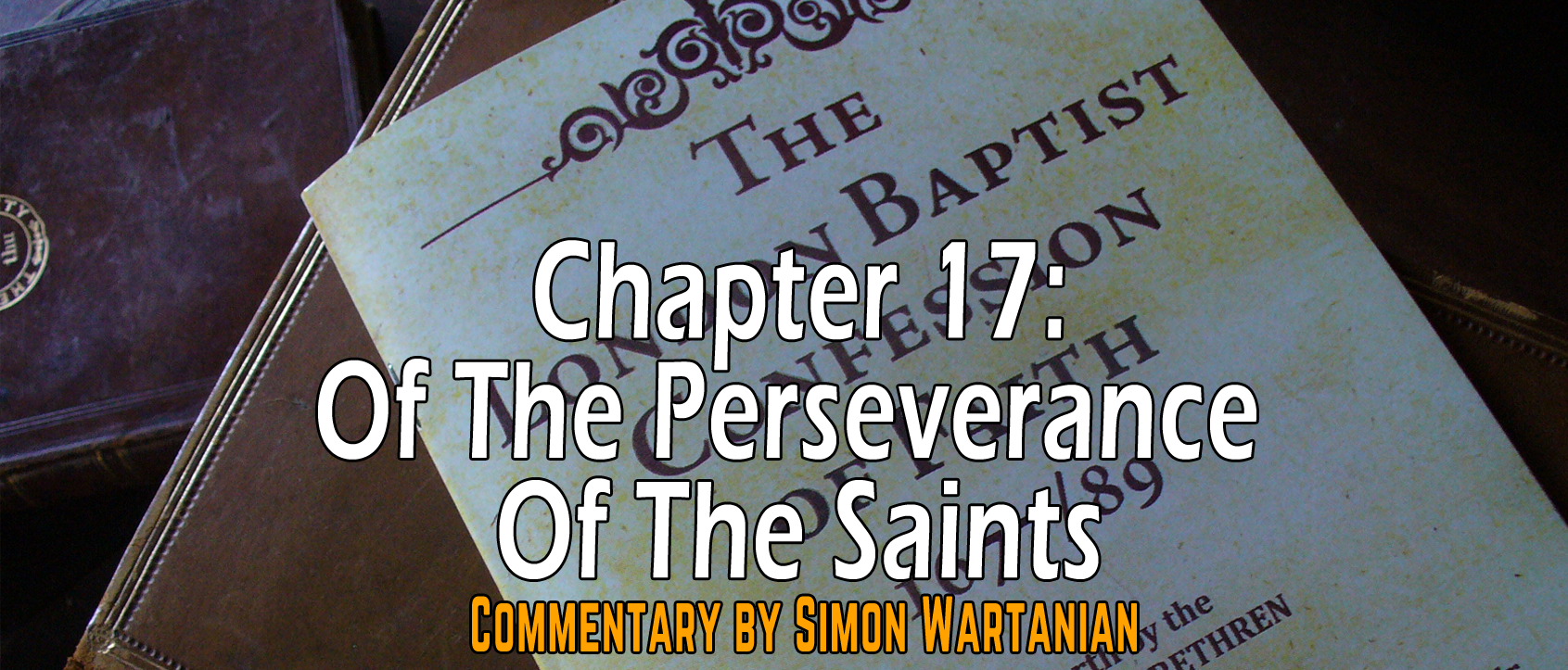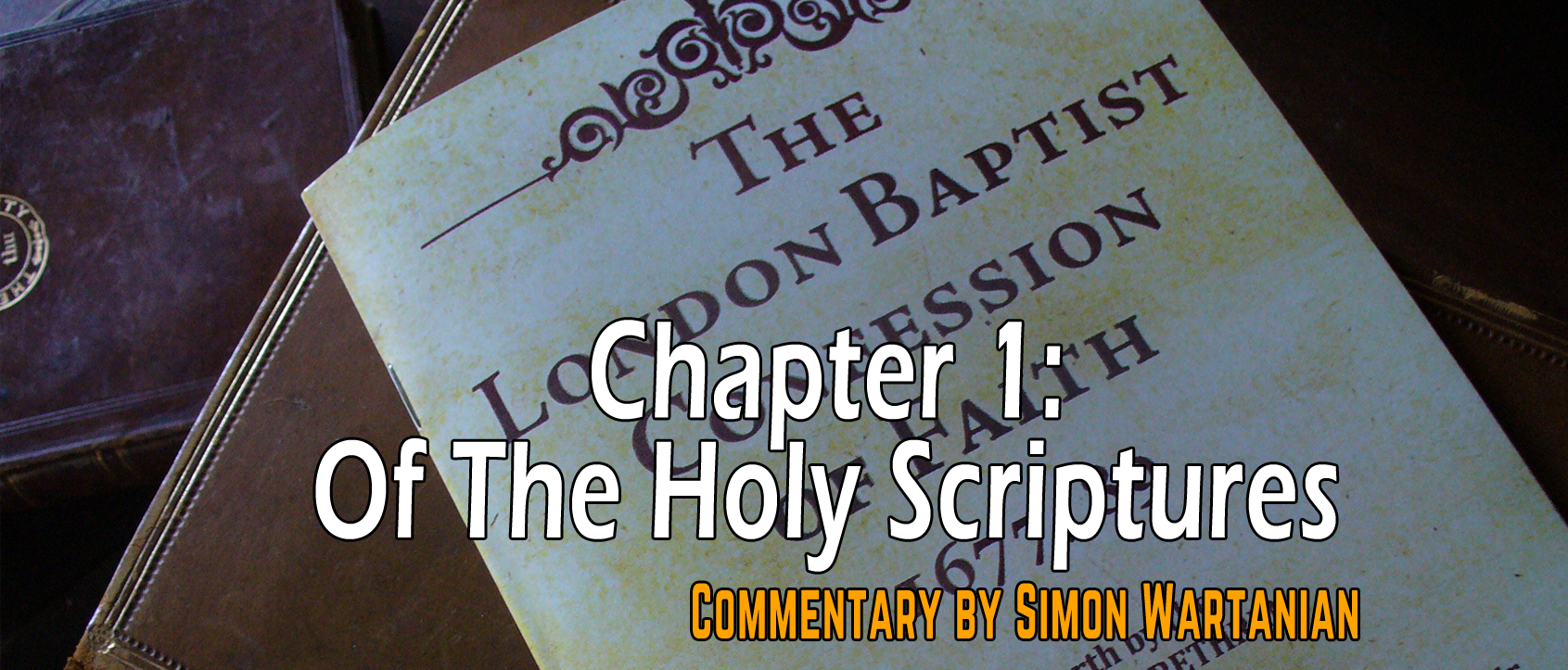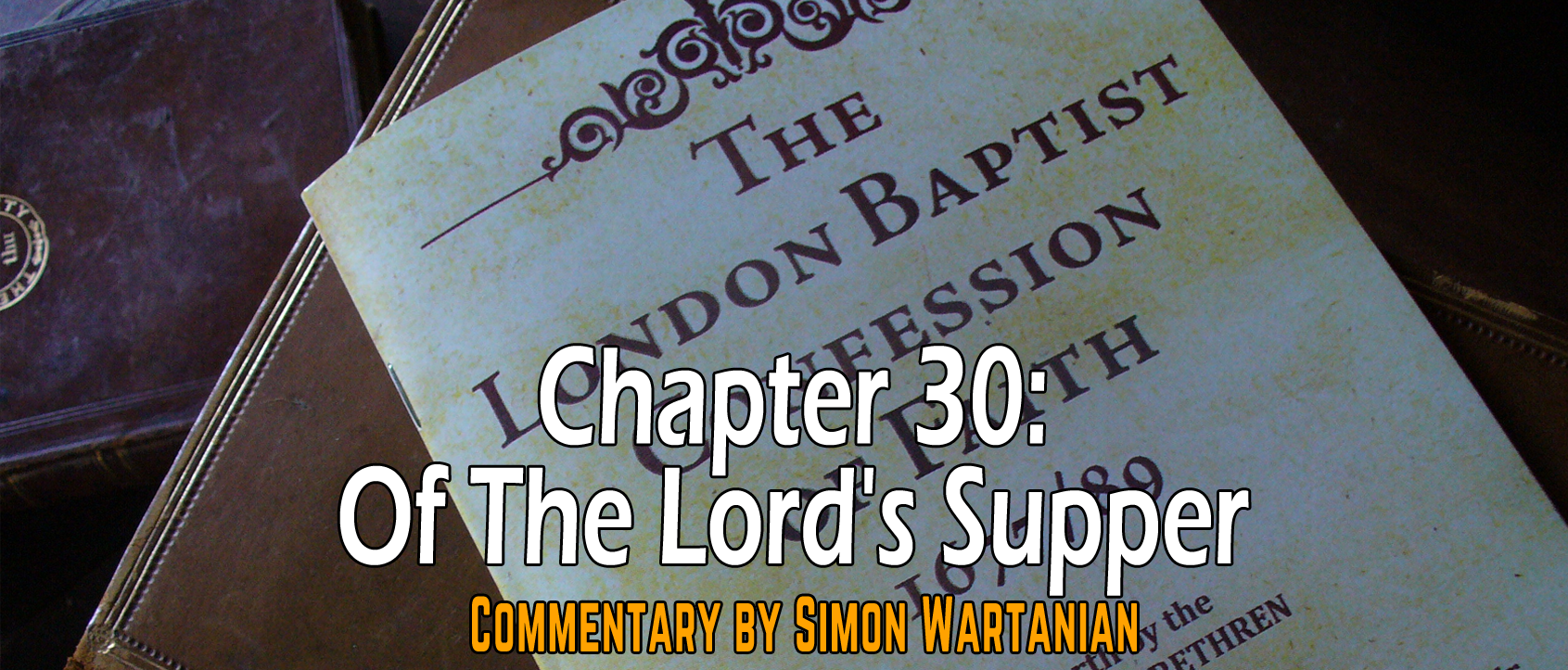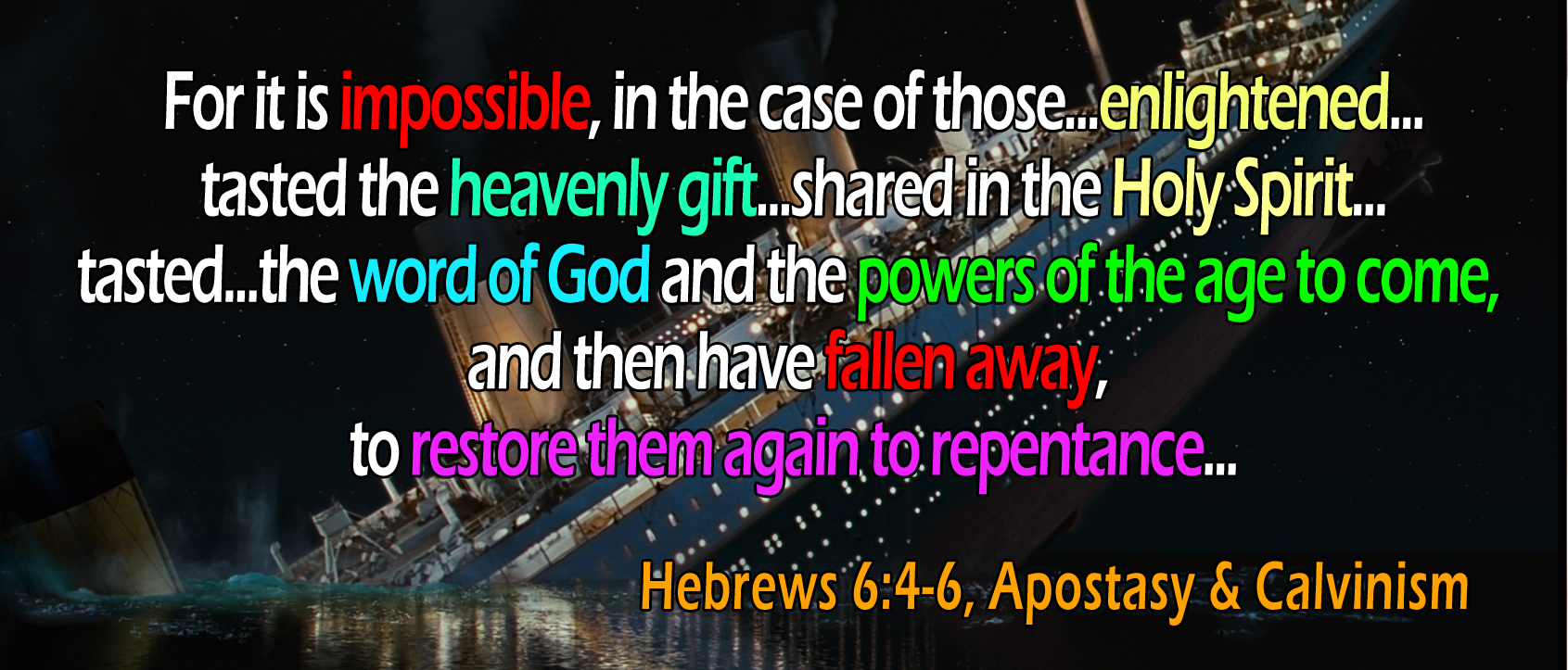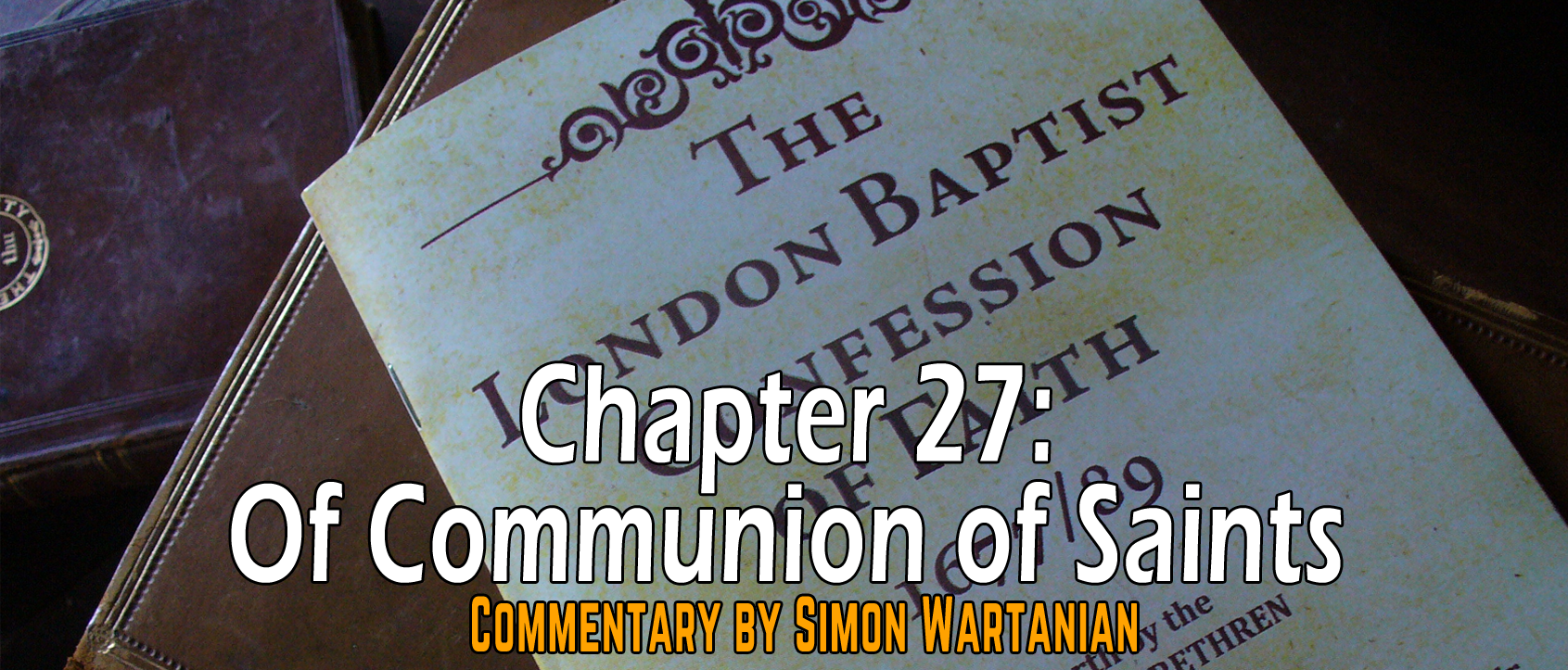The passage describes regenerate believers who have fallen away:
- Adam Clarke
- James Burton Coffman
- Charles John Ellicott (Not very explicit)
- John Trapp (Not very explicit)
- Thomas Coke
- Daniel Whedon
- David Guzik
- Greek Testament Critical Exegetical Commentary (Too technical)
I have collected some commentaries, articles, and sermons on this passage in a document that you can download (it does not include all the commentaries listed above).
I believe that the passage speaks about false believers, and warns those who have sat under the preaching of the Word of God, the manifestation of the Spirit’s work and who themselves have professed to belong to Christ that they will perish eternally without the possibility of true repentance if they do not have true faith. The description is not definitive proof that those spoken of are true believers, because the analogy in vv. 7-8 moves us to say that those spoken of were unbelievers from the start. I don’t claim that by me consulting articles and commentaries on this passage that I will have an answer to every question on this passage. But what I do want to claim is that there are interpretations that are credible and do not force us to deny other biblical doctrines (i.e., the Perseverance of the Saints). I do want to stress the context of Hebrews that it is an epistle written to Hebrew Christians steeped into the Old Testament and Israel’s history, therefore I will try to interpret it with this in mind and not try to make a modern application every time.
Audience
Who are the ones being described in this passage? Is the audience the ones being described in vv. 4-6? No, they are not. Rather, they are a different group spoken of in the third person (“those” v. 4, “them…they…their own” v. 6). The Author is not describing his present audience. In fact, he explicitly says that in v. 9. Previous to this passage the author spoke in the plural “you” to the audience (e.g., Heb. 5:11-13), including himself in 6...
